Aaaargh!!! After sleeping like a log at my sister’s last night, I’m back home, and unable to catch those lovely ZZZs… dang it! Have come downstairs, so my huffing and puffing and tossing and turning don’t wake the Mrs. She could sleep for England! She’s an Olympian sleeper. I’m very jealous!
MiSC: Laryngitis, Pharyngitis, Tonsillitis!?

Spoke to an out of hours GP today (got nowhere with 111 by phone or online; tho’ to be fair 111 did provide the out of hours doc’s line), who remote diagnosed me with either laryngitis and/or pharyngitis, plus tonsillitis. Gaaargh!!!
No antibiotics, instead regular warm salt-water gargling! Apparently I’m already about halfway through – three days in – the worst of it. And it should be totally gone in 7-10 days. I sure do hope so. It’s horrible! Apart from the pure discomfort, esp’ when swallowing, it’s making me feel exhausted.
I started feeling a bit better this afternoon. But now I’m feeling much the same as I have for the bulk of the last three days… shite! Time to get a-gargling again, with warm and very salty water.
I did another shift for Amazon Flex, despite being ill. That’s modern life; economic ‘necessity’ trumps healthy living. Could be a metaphor for our times!? Saturday’s shift was utterly awful; Sunday’s was, workload wise, the exact opposite. Saturday I had over 30 packages to deliver (roughly 30% more than normal), Sunday, just three! But obviously I should have been having – according to doc and online advice – complete bedrest.

And the Master’s Snooker mirrored the upturn in certain aspects of my experience. After the dull grind of Trump vs Bingham, Judd’s much closer Final battle with veteran Mark Williams (48!*) was far more engaging and entertaining. Mind, I missed a massive chunk, thanks to work. But I caught the evening sesh. And that was enjoyable.

HOME/DiY: Finally Plumbed In Our New Washer…
Pic
Teresa recently bought a washing machine off a chap on FB. Fannily emuff the seller is a drummer I’ve depped for many times, albeit many, many, many moons ago now! A chap called Stuart Braybrooke.
Turns out that not only are we both drummers. But we both also play bass, guitar, etc. We both have upright basses, and we even share an interest in stargazing.
He would appear to be much wealthier than we are – poss’ a more lucrative ‘day job’? – and consequently has much better gear telescope wise (and probably in every department!); motorised/computerised, tracking, and much much more powerful.
I hope we might explore these shared interests at some point? In the meantime, I just hope his old Bosch wasching maschine is not a dud!? finally connecting it proved a lot easier than I thought it might be.
The only downside is that the power supply lead is much shorter than on our old one. But that can easily be solved at some future point. It’s a bit late for an inaugural test-drive wash this evening. Especially as tomorrow’s my first day back at school, teaching.
Anyroad, finally getting the Bosch connected is good. Like the toilet seat, very unglamorous, but one less very necessary chore to get done. Hopefully we’ll find an online manual easily enough, and maybe from tomorrow evening onwards, we’ll be back to laundering at home again? We’ve been taking all our laundry to my sisters, for some time now, and doing it when we childmind Ali and Sofi!
Now I must get my sh*t together for tomorrow’s teaching. Checklist: brain, limbs, sticks, food n’ drink, car keys, ear-plugs, will to survive… etc!
MiSC: Dreams vs Reality, & Changing/Failing Vision…

Some cheerful thoughts for New Year’s Eve… On waking today I don’t feel – and I never ever do – any great desire to leap into action. I’ve always been someone who wanted to stay in the warm cocoon of sleep.
Over the years I’ve sometimes thought about why this might be, but oft-times I’ve just left it at that; the bald but somewhat uncomfortable fact that, for me, being asleep is often preferable to being awake.
One of the reasons that I might feel this struck me today, as I returned to the cosiness of our bed after a morning ablute; my dream life might well be – or at least feel – more interesting than my real life.
Over the years I’ve struggled with depression, which seems to afflict much of our family. And I suspect I’m dangerously close to a bout at present. Some of it has to do with unrealised ambitions. And in that respect dream life might sometimes be more ‘satisfying’ than real life?

Although that said, I’ve frequently had what might be termed ‘performance anxiety’ dreams, which seem very much related to real life. These, by the way, are very non-Freudian; musical not sexual. My musical dream life is quite like my real life! But my sexual dream life? Well, I’ll leave a veil over that for now.
Anyway, this is all a bit gloomy, I must confess. And I’m not all that comfortable writing it, and potentially sharing it online. And sadly so too is the second part of this post.
Having turned 50 I find my eyesight has seriously deteriorated. Where once I only needed one pair of glasses, I now clearly need two. But I still only have the one! This situation is causing me a lot of annoyance and inconvenience.
From trying to work on the computer, to hobbies such as reading or figure painting, and even stuff like driving, a lot of everyday stuff that was easy is now a right arse-ache.
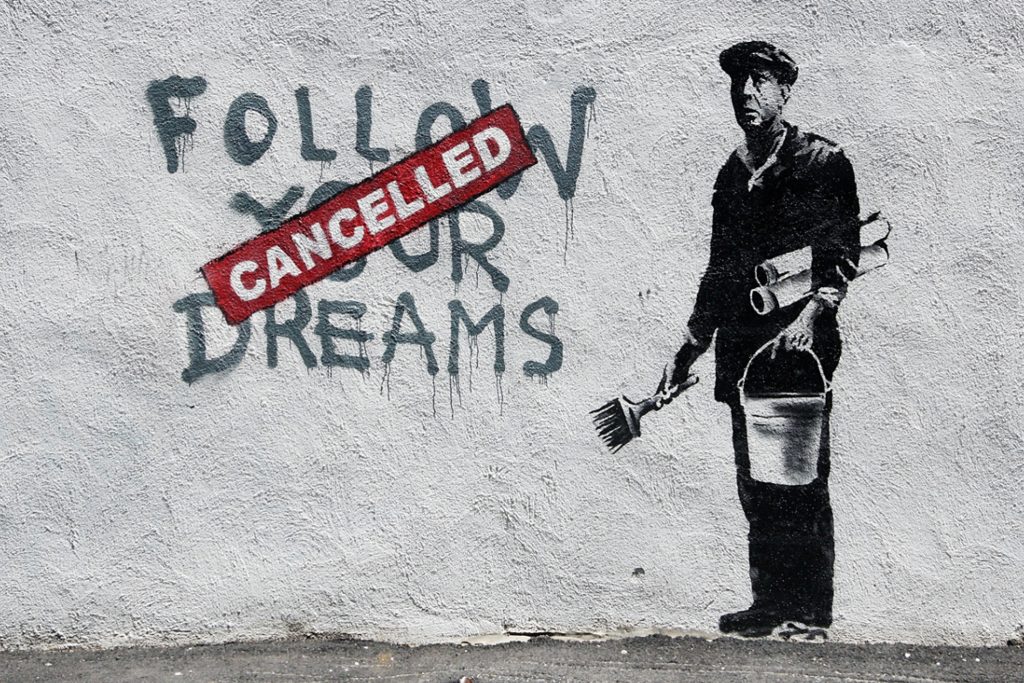
I’m not going to dwell on it here and now. But failing vision also feels like a metaphor for this stage of my life. Surrounded by the clutter of numerous unfulfilled ambitions, vision failing, it all seems part of a single larger malaise!
Anyway, there it is. I have confessed and, I hope, unburdened myself a little. Is that any good? Any real use? I have no idea, and, frankly, doubt it. But it feels both necessary and inevitable. So there it is.
One final thought… will these circumstances lead to any change in my lifestyle? Should I ditch some of the hobbies that are now so much harder, like model making or figure painting? And what about music? Is it time to abandon unfulfilled dreams? Scary thoughts. But unavoidable, I fear.
The truth is, or so I currently conceive, that I’ll probably just continue, as I always have, to roll onwards, a tumbleweed soul, self-soothing with mild pleasures. And unwilling or unable to go that necessary extra mile, in pursuit of possibly illusory dreams/ambitions.

That’s life, eh? Or rather, my life. Ho hum…
FOOTNOTE:
Later the same day…
And I feel much better. Could this simply be due to co-codamol? Or did laying that psychic coil, that spiritually black stool, have a purging effect?
My mood change might well be ascribed to bipolar manic depressive tendencies. I.e. part of the problem, albeit the more pleasant part. But I’m just grateful that I no longer feel so Eeyore-ish!
And gratitude – being grateful for what I have, rather than lamenting what I lack – is, I think, a key piece in the happier personality puzzle.
Jonny Otis, with Shuggie and Delmar ‘Mighty Mouth’, are helping, belting’ out thoze blooze!
CLOTHiNG: Sneakers…

It’s a bit weird, for me to admit this. But I guess I’ve become a sneaker fancier!? It was never a conscious thing. And I think, oddly enough, that drumming plays a part.

Whenever I consider buying a new pair of shoes these days, it’s invariably trainers Some nice antique brogues appeal, but are usually way too expensive (and I quite fancy some two-tone loafers!).

Here they are in situ:


Facebook also plays a part. And there’s a bit of a rub there, as I’m vehemently anti most advertising. But I have to concede that FB ads for trainers have ultimately seduced me into spending money on funky footwear.

The drumming connection has to do with a long-running but as yet unrealised desire to start making and posting drumming videos on YouTube. One of the stumbling blocks there is my antiquated iMac and defunct DAW scenario (i.e. Logic not working on my Apple computer!).
If money were no object I’d love a pair of the converse khaki shoes pictured below. But I already have two pairs of Converse. So I can’t really justify buying more.

Damn you, Converse, for making such alluring footwear! These off-white ‘plimsoles’ have really caught my eye. And, since posting this, my mum and her husband, Malcolm, have bought me these for my upcoming birthday. Thanks!

And a bit further back I bought a pair of flip-flops…

This last lot seem rather out of place right now, in the depths of winter. But it’s nice to think of spring and summer to come.

MUSiC/MEDiA: Gimme Danger, 2016
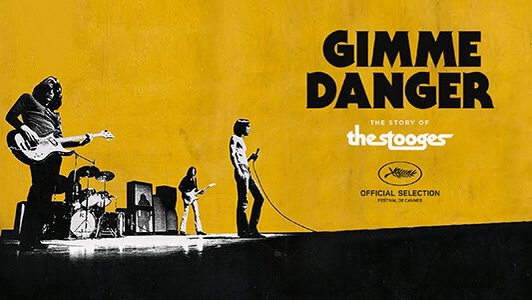
I’ve never really been a fan of punk. Although that said, well… it’ll become clear.
My first point of contact with Iggy and The Stooges was a Sixth-Form band I was in. The guitarist was into Sonic Youth, and he wanted us to include I Wanna Be Your Dog in our set. Or at least… that’s a memory I have!?
Actually, no… come to think of it, my very first encounter with Iggy was via David Bowie, and his album Tonight. Bowie and Pop had a very long and mutually fruitful friendship, which started around the time of Raw Power. Iggy was heavily involved on Tonight, supplying several songs, co-writing others, and guesting on a number of tracks.

As the years rolled by I would occasionally encounter Iggy or The Stooges again, like when his song Lust For Life suddenly re-entered the national zeitgeist, thanks to its inclusion on the Trainspotting soundtrack.
Another encounter was watching Tom Waits and Iggy in a Jim Jarmusch Coffee & Cigarettes short film. And my illustrator buddy Tim Oliver would sometimes play Iggy’s Lust For Life album as we worked in his shed studio.
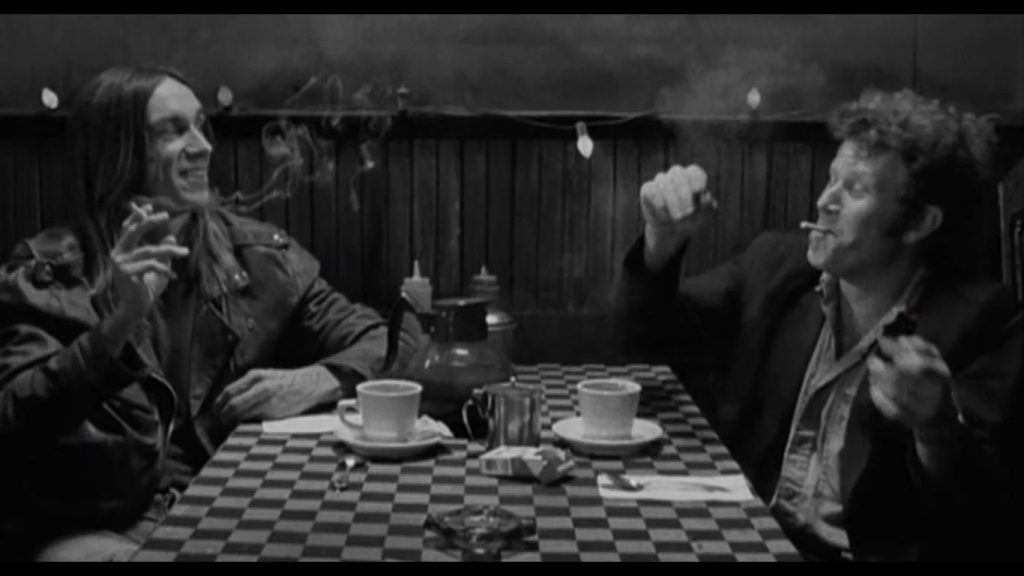
I’ve been a big fan of Jarmusch for a long long time now, since fairly soon after discovering Tom Waits, in my mid-teens (or slightly later; poss’ late teens/early twenties?), and subsequently discovering and exploring the Jarmusch/Waits connection, via Down By Law, and suchlike.
I remember seeing trailers for Gimme Danger, back in 2016, when it came out, and wanting to go see it on the big screen. I didn’t! More’s the pity. Well, tonight I finally put that right, and watched it. And I loved it. It’s a loving portrait or homage, to both Iggy and The Stooges.
As a drummer myself I loved discovering that Jim Osterberg, aka Iggy Pop, started out himself on this most primal of instruments. But, as he so beautifully puts it, he got fed up of ‘looking at the singer’s ass’! It’s also very interesting hearing about his early influences, from TV and movies, to black American music.
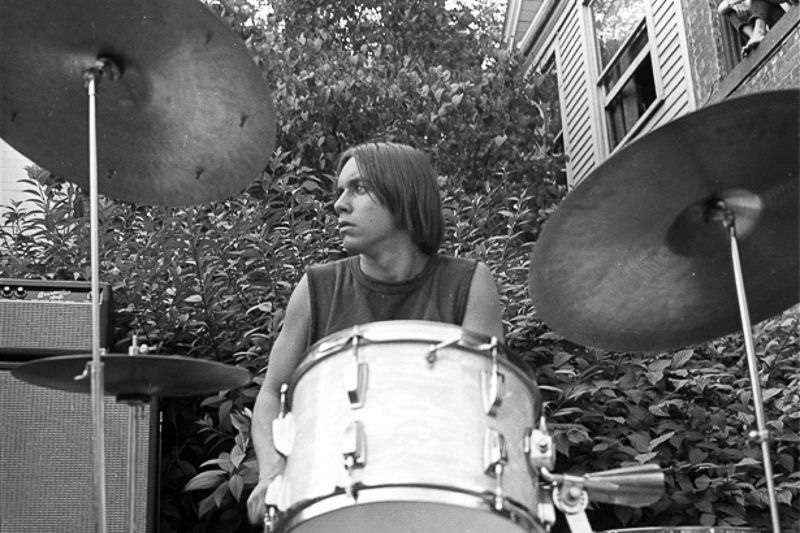
His Damascene revelation – ‘Hey, I’m not black!’ – as funny as it sounds, especially delivered in Pop’s eloquently laconic basso profundo drawl, is, as mark Kermode points out, a really crucial moment.
Another thing I loved about this film and it’s subjects is the whole art vs business, or life vs the machine vibe. As Jarmusch says, very early on in the Vice thing, Iggy and The Stooges are Art! And they paid quite dearly for such a stance.
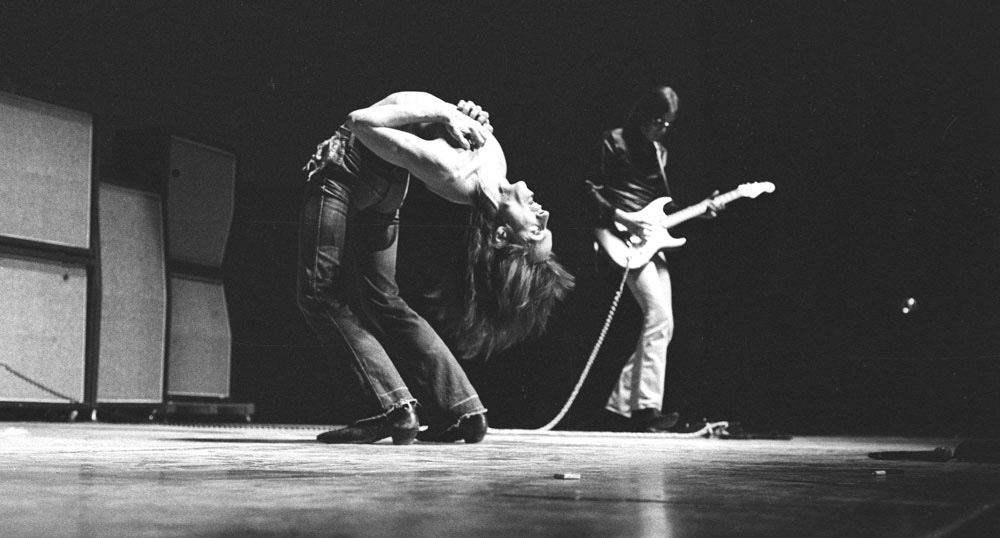
All in all, this is an affectionate and very charming portrait of both Iggy himself, and The Stooges. Most of the rest of The Stooges – all three of the original line up outside of the Igster – have passed: bassist Dave Alexander in 1975, guitarist Ron Asheton in 2009, and, most recently, drummer Scott Asheton, in 2019. Only Iggy remains.
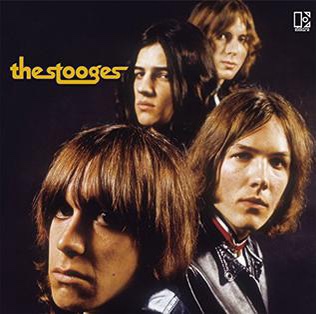
Seeing Pop performing with later iterations of the group – the latter day lineup of Iggy, Mike Watt (bass), James Williamson (guitar), and Scott Asheton features heavily in the movie – is a bit odd. He still looks pretty amazing. And he still favours shirtless contortionist cavorting.
Although Iggy still looks surprisingly good (or at least surprisingly’rock n’ roll; esp’ for his age), his bandmates do admittedly look a bit less cool, and overerall the sound is a little more lethargic than ‘back in the day’. Naturally and understandably so, given the passage of time.
Obviously drugs played a part in the group’s less than smooth history. And it’s only really been with the benefit of hindsight that The Stooges are or have been steadily becoming more respected. Their role as creators or instigators of proto-punk in particular, along with fellow Michiganites MC5, is a theme much harped on in the music press and online.
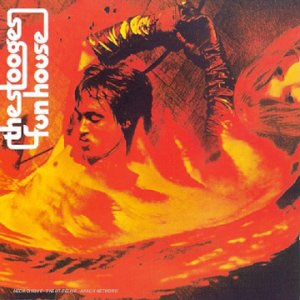
Ironically, claims that they’re the greatest rock n roll band ever, which are made several times in this movie, don’t in my view really hold up, leastways not if you just shut your eyes and listen to the music. I like the music. Or at least some of it. But it’s hardly blisteringly original or innovative.
I think a very large part of The Stooges attraction – although as youngsters they all looked pretty good – is, inescapably, the Igster! His energy, charisma, stage presence, etc, all meant that for those who saw The Stooges perform, such was the energy, that they truly were ‘the greatest rock n roll band of all time’, for any such spellbound acolytes.
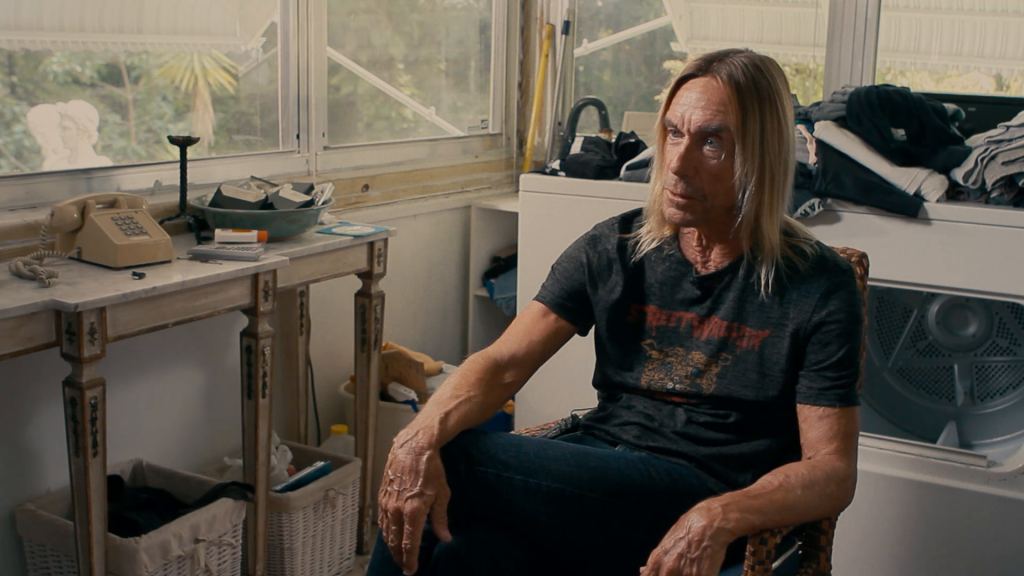
Iggy puts it with sublime and succinct precision when he says that their art was Dionysian, and not Apollonian; it was orgiastic, sensual and physical. And, at their best, they have a terrifically pure and simple and enormously powerful energy, that is really very seductive.
I enjoyed this film so much I’ve ordered The Stooges’ first three albums. And I look forward to enjoying them!

CLOTHES, etc: Green! Part 2

Well… I pulled the trigger, and ordered me those green tops, from emilyannie.com. I got a bit of discount, and free shipping, as I ordered four items. These beauties:




I’m hoping they’ll arrive in time for my b’day! And we’ve booked a table at an Italian restaurant. So I’m chuffed!
And to fund this sartorial extravagance? I’ve booked two extra shifts, delivering for Amazon. Cool!
MUSiC: Introducing ’Ponta’ Murakami, 1976


Well, Terminal Passage, who regularly uploads music to YouTube that I either really like, or at least find interesting, came up trumps with this.
I was researching the drummers of Casiopea, and Murakami was listed: ‘Occasionally appeared as a second drummer for the band in a few of their live performances’, in the ‘77-79 period! So, around the time of the groups transition from their first drummer, to Sasaki, whose playing I adore.
This album gets a relatively low score, of three and a half stars, purely on listenability. It’s very interesting, being pretty experimental, and perhaps technically deserves a higher rating. It’s also very very interesting from a drummer’s perspective, with some incredible playing. But, it’s not an entirely easy or pleasant listen!
The cover artwork, however, is a very pleasing and delightful surprise, appealing to me massively aesthetically. That gets five – or poss’ even the rare but coveted six – stars from me. Fantastic!
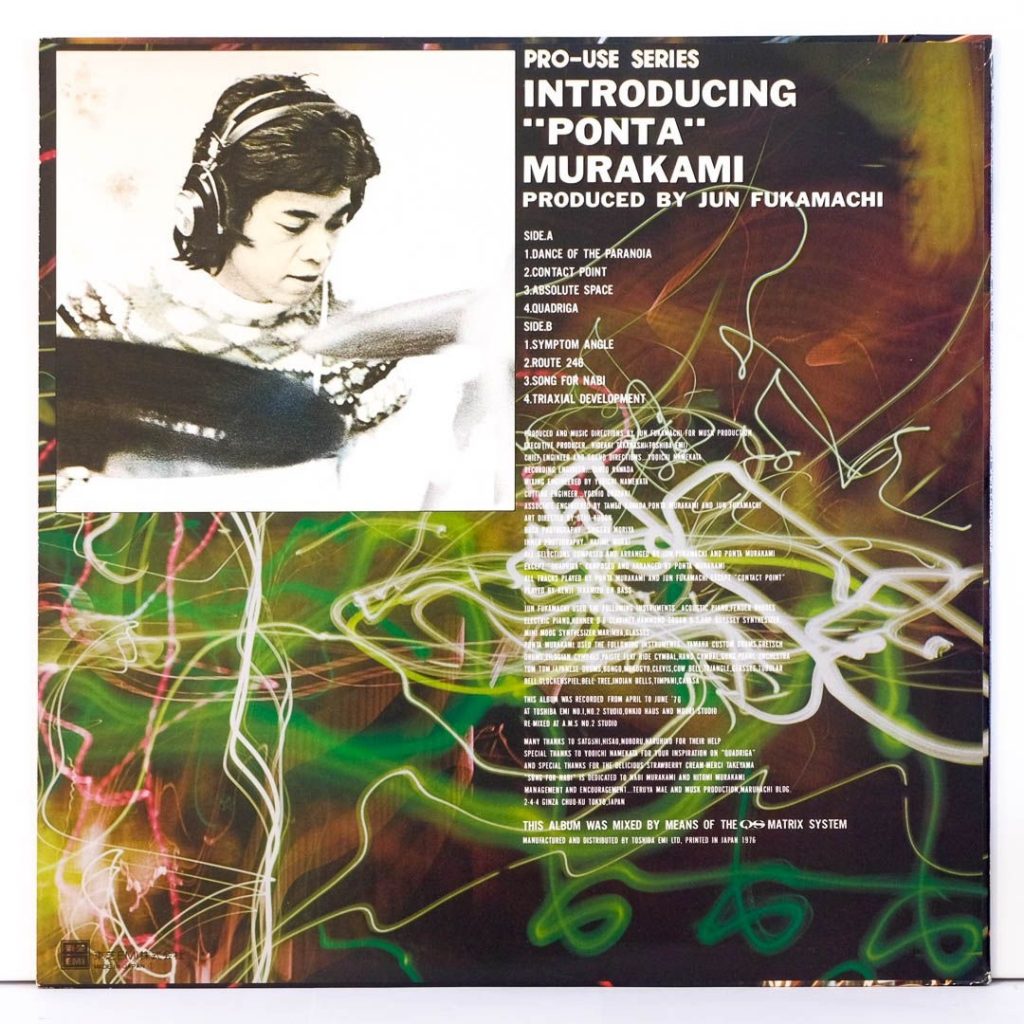
Intent at his work/playing, ‘Ponta’ looks like a major dude in his fair-isle sweater and jumbo earphones!
As it currently stands this post is just a ‘heads up’, to myself, as much as anyone else. No doubt as I listen to it more – I’ve only had a cursory listen so far – I’ll fill in on the musical content a bit more here.
LATER…
Well… it’s now very late in the day, and I’ve listened more closely to the first four tracks, which would’ve comprised side one, in vinyl days of yore. It sounds like it’s mostly just keys and drums; Ponta along with Jon Fukamachi. If there are other musicians I don’t know who they are!
Musically it’s pretty gonzo! Veering all over the map, with a big nod to funky jazz fusion, but in a decidedly odd and unusual vein. Track one, Dance Of Paranoia, moves between a funky clavinet feel, with busy drums, segments that are driven by acoustic piano bass lines, and some outright weirdly composed stuff. It also features some unusual scoops or dips in volume. Very obviously deliberate, and highly unusual!
Contact Point, track two, sounds like it has electric bass. And is – relative to much of the album – quite straightforward, if still a bit quirky. There are shades of disco space funk in this one. Absolute Space takes the spacey soundscapes vibe and goes much more deeply and freely into it, although the abundant earthy percussion tethers things, with some Airto like organic percussion.
The ballistic yet super tight drumming of Quadriga, track four, is the first instance of something both musically interesting, and also somewhat to my tastes. Up till now, there’s been much to enjoy, but scattered throughout a real kaleidoscopic scattershot mix of stuff, much of which doesn’t float my boat.
But, even here, Ponta oscillates pretty wildly, between driving groove based sections, and much freer segments. This track really is a tour de force of drumming and percussion skills. In places it’s like the kind of weird modern ‘classical’ composed music you hear percussionists performing on Young Musician of the Year. Music by musicians for musicians! Poss’ of very limited appeal to non-musos?
As a drummer, musician and ‘artist’, I can really appreciate the artistry of the whole album, even when it doesn’t necessarily ‘do it’ for me. But with Quadriga I can totally enter the spirit of it. As it’s so intensely rhythmic. Definitely my favourite track so far. But maybe tomorrow, and ‘side two’, will change that?
MUSiC: Bill Withers, BBC, 1973
More musical magic from the early ‘70s. Just sit back and dig it!
Setlist
00:00 Ain't no Sunshine
03:18 Lonely Town, Lonely Street
09:14 Grandma's Hands
11:47 Use Me
16:06 Let Me In Your Life
20:20 Lean On Me
24:43 Harlem
As so many folk note, in relation to Bill Withers, he exemplifies the truth that, in the right hands, a little can really go a long way. Obviously he has a terrific voice. Although it’s not the type of voice you would see winning The Voice (and thank goodness!).

As a guitarist, piano player and songwriter, he’s a little bit like Tom Waits, only even more basic. Like Waits, he’s not a virtuoso on these two composers’ tools. But he is most very definitely an artist, wringing a lot of feeling from a limited technique.
As a child he had suffered with a stutter. It’s hard to credit that, watching this intimate soulful concert, where he seems so natural and at ease, despite playing – as he alludes to early on in the set – with a partial scratch/pick-up band.
Personnel
Bill Withers - Vocals, rhythm guitar, piano
John Barnes - Piano
Snuffy Walden - Guitar
Melvin Dunlap - Bass
Fred Casey - Drums
MUSiC: Casiopea, ‘77
Wow! I love the interweb for stuff like this. I’m trying to learn more about Casiopea’s original drummer, Takashi Sasaki, I found several YouTube videos, listed on the Discogs website. I’m sharing them here.
These recordings appear to be from a Yamaha music corporation even, which, by the looks of things, was recorded. These live performances show Casiopea already performing several tracks that would appear in the eponymous debut, in ‘79.
Sasaki joins the ranks of my favourite drummers. His playing is tight, crisp, nuanced, with a perfect dynamic range. His drumming is always imaginative, and can frequently be quite busy, but it always fits the music perfectly. A real inspiration.

Several pictures and videos confirm that Sasaki was playing a Rogers kit at this point. I’m very keen to learn exactly what cymbals he plays on the Casiopea debut, as I adore their sound.
And, rather joyously and groovily, it seems that, whilst video of the entire ‘79 Pit Inn gig – from which performance of Midnight Rendezvous I discovered the groop – is not to be had, the complete audio is:
